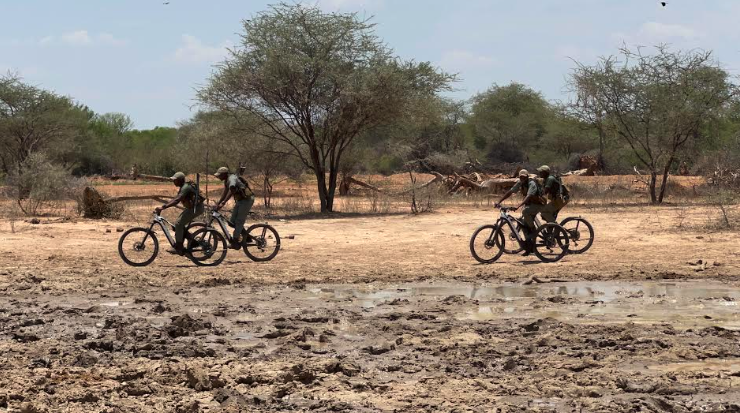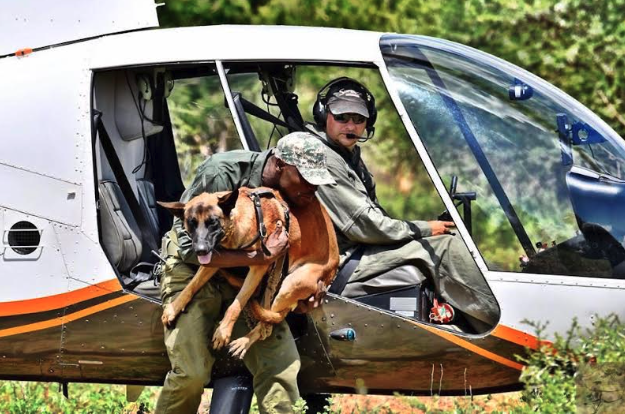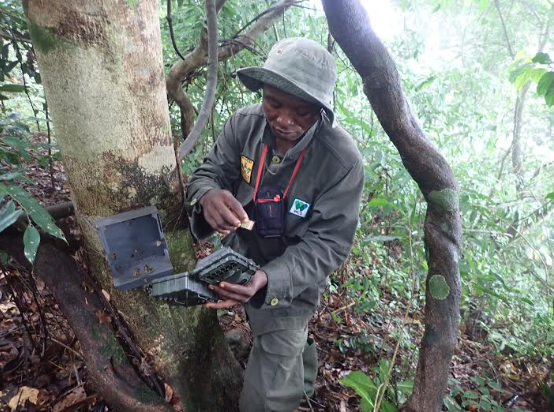Artificial Intelligence is no longer a distant promise or a Silicon Valley experiment. It’s embedded in the now. South Africans are already using generative…
Can tech transform wildlife protection in Africa?

Wildlife conservation is a consistent conversation that needs to evolve in order to maintain the necessary pace against threats.
While security on the ground remains, more efforts are needed in order to safeguard wildlife with more protective measures.
Technology or modern tech must be used to make these efforts successful.

From anti-poaching e-bikes to cutting-edge satellite surveillance systems, tech promises to amplify physical efforts to save costs as human pressures on wildlife steadily increase.
This year on World Wildlife Day, there’s a focus on technological strides in wildlife conservation.
This is a critical lifeline necessary for species threatened by poaching, habitat loss, human-wildlife conflict, and climate change.
According to the WWF’s living planet Index, Africa has lost 66% of its wildlife in the last 50 years, over this same period, TV has gone colour, computers went from needing entire rooms to fitting in our pockets, the internet revolutionized access to information and now AI is transforming the world by automating tasks, enhancing decision-making processes and ushering in a new era of efficiency.
In Zimbabwe, Anti Poaching Tracking Specialists (ATS) utilize a sophisticated arsenal of technology to enhance the protection of rhinos. Working in the Save Valley Conservancy, it’s deployed specialized e-bikes.
These high-tech bikes empower rangers to cover vast areas undetected, making contact with
poachers and apprehending them. The bikes’ quiet operation allows for discreet observation of animal behaviour, aiding in conservation efforts beyond anti-poaching.

From the sky above, drones equipped with high-resolution cameras and thermal imaging are enabling ATS rangers to locate poachers at night and in challenging terrain, while GPS dog collars help track trained canines during pursuit missions.
Strategic planning and informed deployment of resources are enhanced by its digital mapping software, which provides a comprehensive overview of protected areas and locations of wildlife and illegal activity hotspots.
These technological advancements have yielded impressive results, significantly increasing the detection rate of poachers, and leading to numerous arrests.
Looking ahead, ATS remains committed to pushing the boundaries of innovation. Their future vision includes incorporating AI-powered drones for automated species identification, and further streamlining anti-poaching operations.
Also read: A cashflow kit to help small business make better financial decisions

